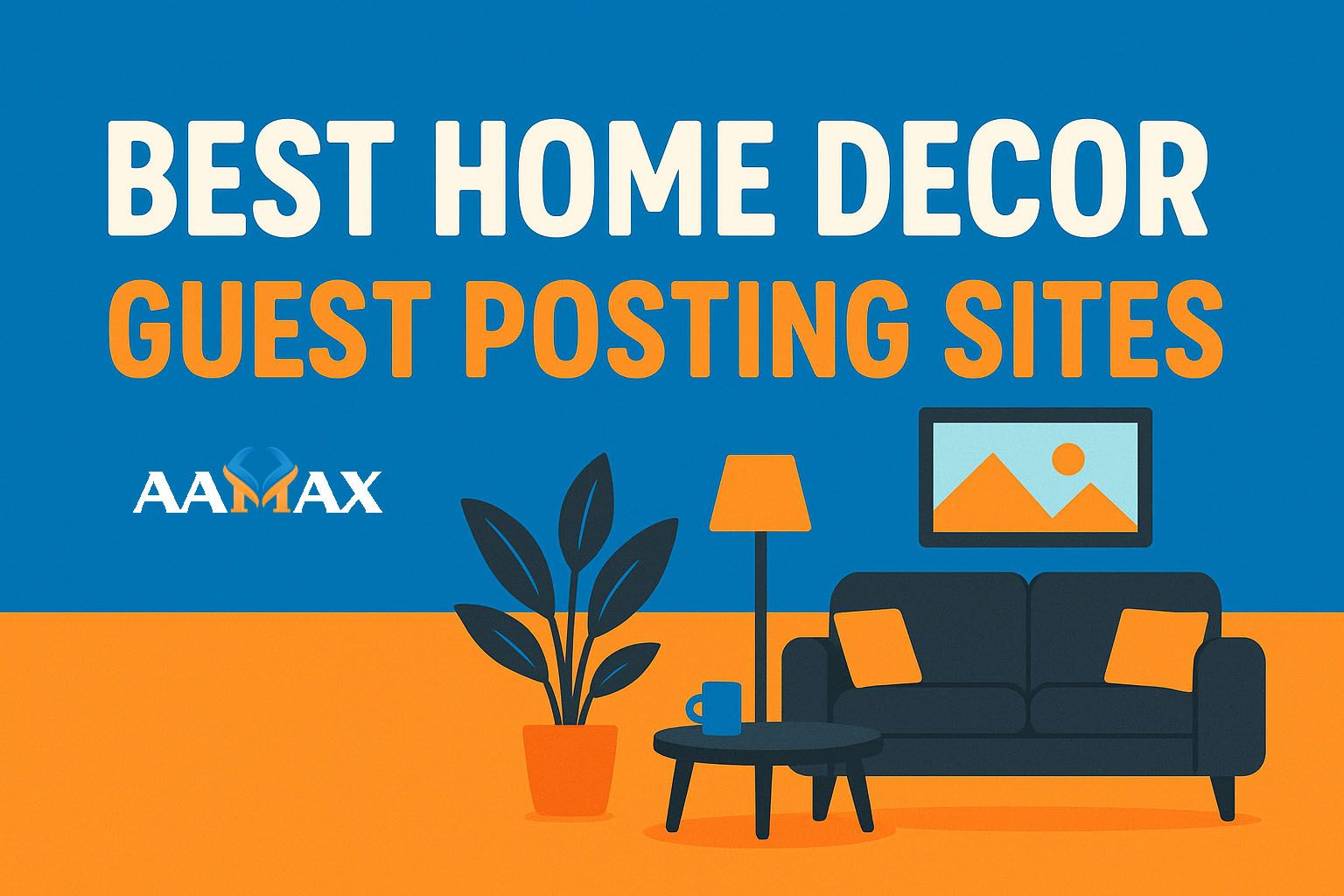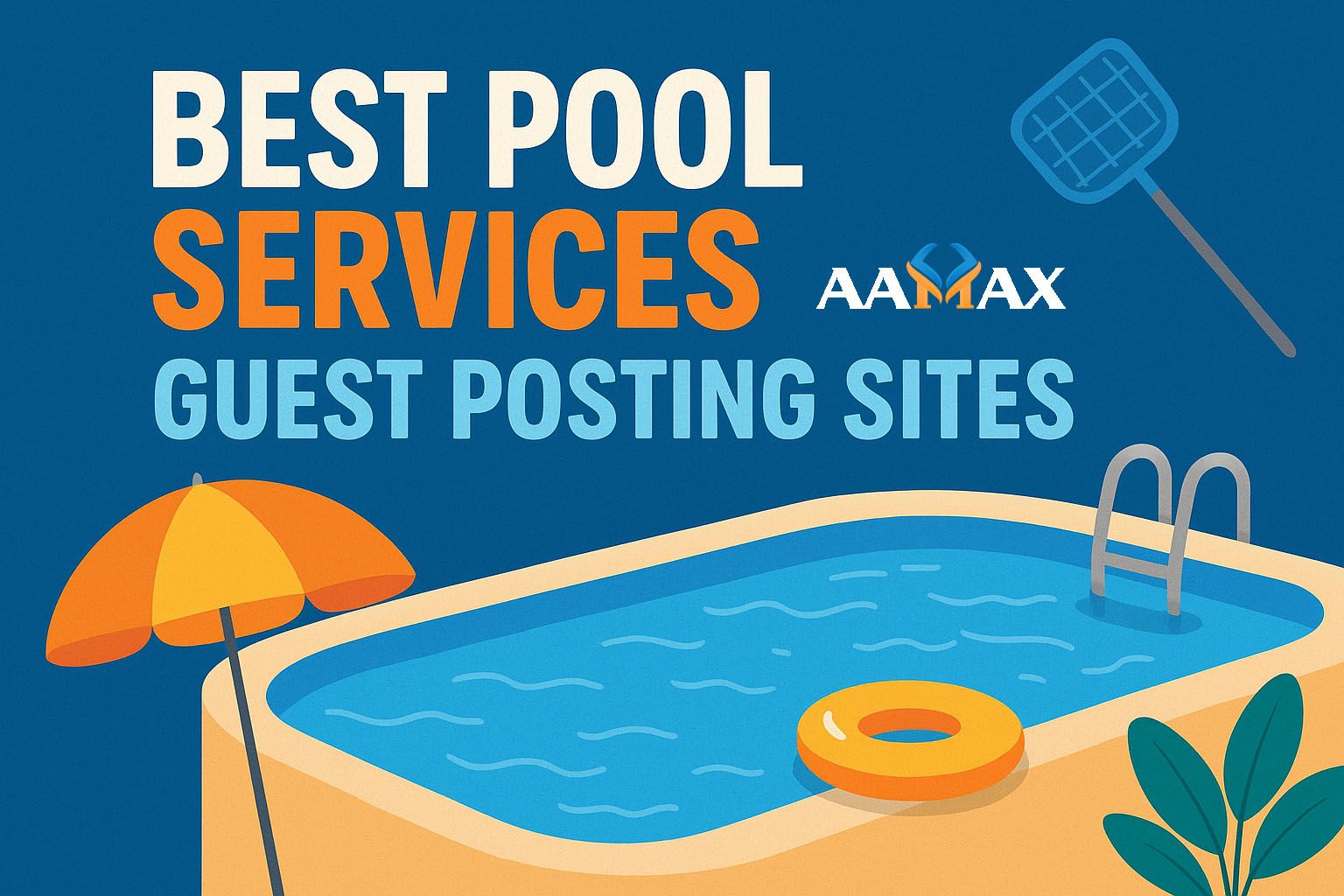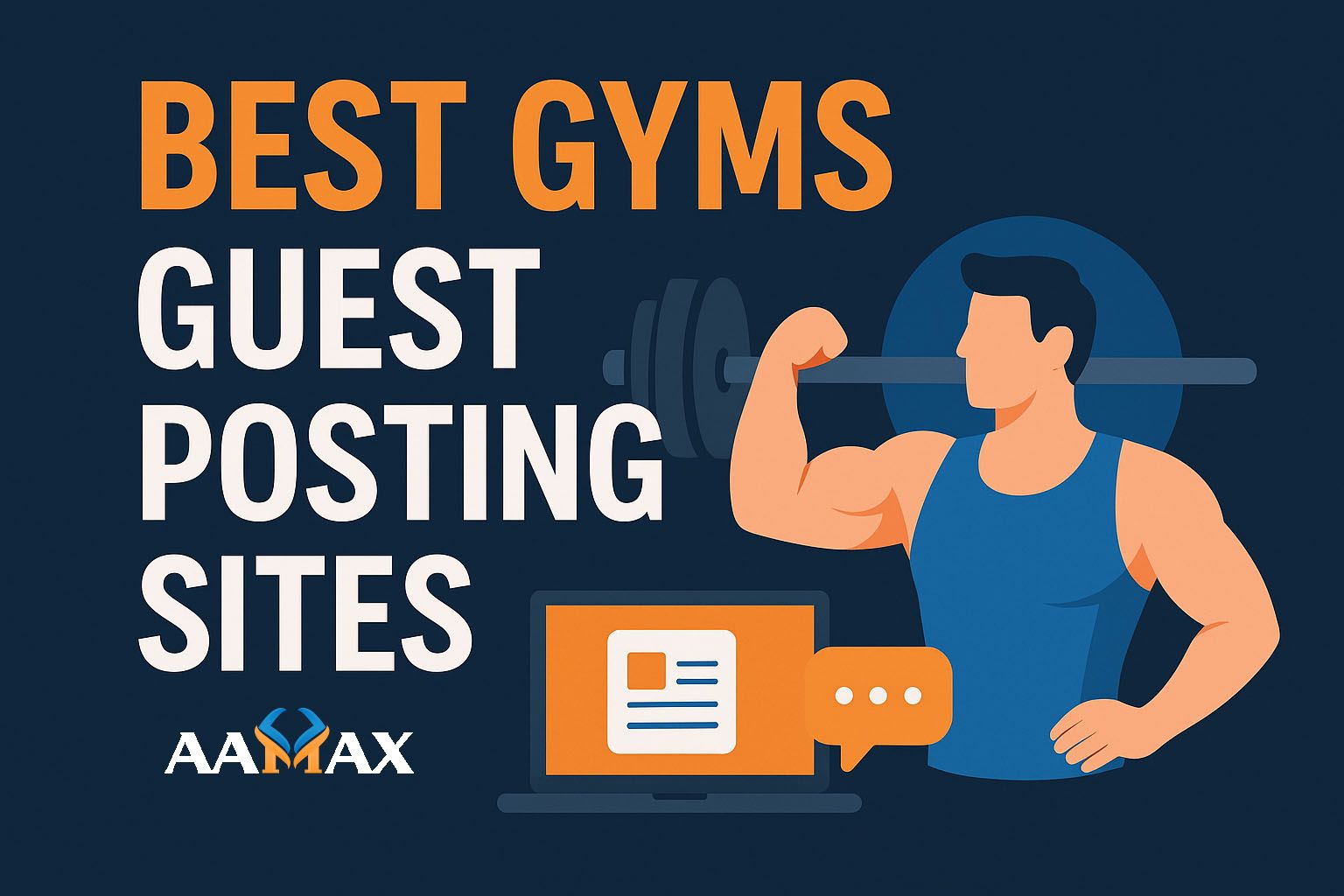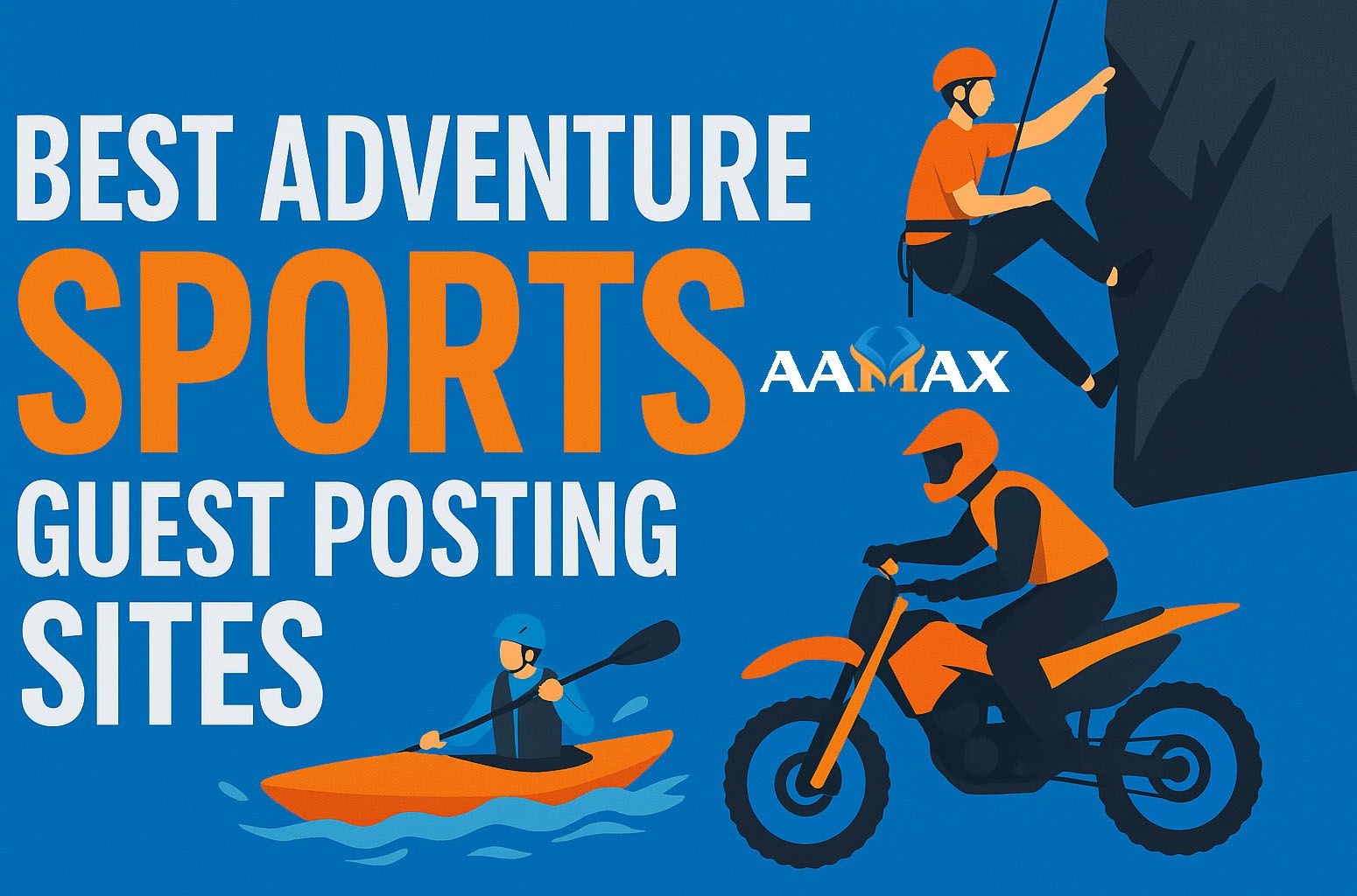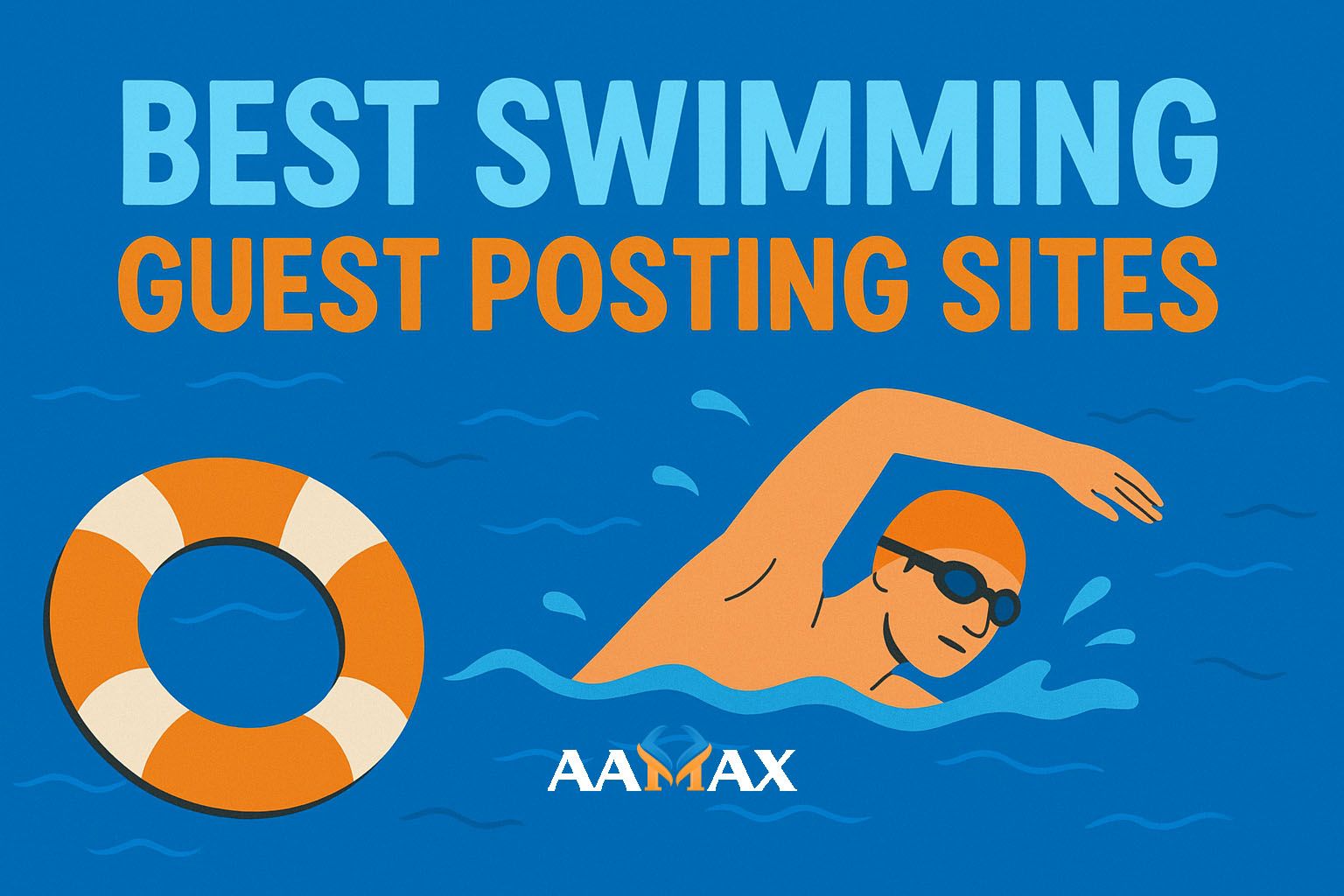
Startup Marketing: 10 Ways To Earn Web Traffic On A $0 Budget
Launching a startup is an exciting journey, but getting traction—especially traffic to your website—can be incredibly challenging when you have little to no marketing budget. The good news is that with creativity, persistence, and strategy, it’s absolutely possible to grow your web traffic organically without spending a dime.
In this guide, we’ll cover 10 proven ways to drive web traffic on a $0 marketing budget. These strategies are particularly effective for startups aiming to build brand awareness, generate leads, and start converting visitors without the help of paid ads.
1. Leverage Content Marketing with a Blog
A blog is one of the most powerful tools for building long-term organic traffic. By creating high-quality, helpful, and keyword-targeted content, you can begin to attract visitors who are searching for topics related to your product or service.
Tips to maximize your blog efforts:
- Research and target long-tail keywords relevant to your niche.
- Answer frequently asked questions in your industry.
- Post regularly—consistency matters more than quantity.
- Share personal insights and startup experiences to add authenticity.
Pro tip: Use free tools like Google Keyword Planner, Ubersuggest, or Answer the Public for content ideas.
2. Optimize Your Website for SEO
Search Engine Optimization (SEO) doesn’t have to cost money—it just takes time and attention to detail. Organic search is one of the best long-term sources of free traffic.
Essential on-page SEO practices:
- Use relevant keywords in your page titles, headers, and content.
- Ensure your website is mobile-friendly and fast.
- Write compelling meta descriptions.
- Use internal links to guide users and search engines.
- Include alt text for images to improve visibility in image searches.
Off-page SEO includes building backlinks, which we’ll explore more in tip #4.
If you're not sure how to audit your SEO, consider hiring professionals. Hire AAMAX — a full-service digital marketing company — to handle your SEO, web development, and digital marketing needs effectively.
3. Utilize Social Media Strategically
Social media platforms offer a free and powerful channel to engage with potential customers, share content, and drive website visits.
Where to start:
- Pick platforms where your target audience hangs out (LinkedIn for B2B, Instagram for lifestyle, etc.)
- Share useful content, behind-the-scenes stories, product updates, and user-generated content.
- Engage with others by commenting, reposting, and joining relevant conversations.
- Use hashtags to increase discoverability.
- Join Facebook or LinkedIn groups relevant to your niche and participate genuinely.
You don’t need a huge following—what you need is consistent engagement with the right audience.
4. Guest Blogging and Content Collaboration
Guest posting on established blogs can help you tap into their audiences and earn backlinks to your site—boosting both traffic and SEO.
How to do it:
- Identify blogs in your niche that accept guest posts.
- Pitch valuable, original content ideas.
- Write high-quality, non-promotional posts with a link back to your site.
- Include a clear call to action in your author bio.
You can also consider content collaborations like expert roundups or co-hosted webinars—these often include links back to your site.
5. Tap Into Online Communities and Forums
Forums like Reddit, Quora, StackExchange, and niche-specific communities are goldmines for relevant traffic—if approached correctly.
Approach:
- Find threads where users are asking questions related to your niche.
- Provide genuinely helpful, non-spammy answers.
- Only include your link when it adds clear value.
- Over time, you can become a trusted expert in that space.
Avoid self-promotion early on—focus on building trust and offering value first.
6. Create and Share Infographics or Visual Content
People love to share visual content. Creating infographics is an excellent way to attract backlinks, shares, and traffic.
Free tools to create visuals:
- Canva
- Piktochart
- Venngage
Publish your infographic on your blog, then reach out to related blogs or publications offering it as a free asset they can share (with a backlink, of course). You can also share these visuals on Pinterest and LinkedIn for additional exposure.
7. Use Email Marketing (Even with a Small List)
Email is still one of the highest-ROI marketing channels—even a small email list can drive meaningful traffic when used right.
Steps to get started:
- Add opt-in forms on your site to collect emails (offer a freebie, checklist, or resource).
- Send weekly or bi-weekly emails with useful content, updates, or promotions.
- Include links back to your website or blog.
Use free email platforms like Mailchimp (up to 500 contacts) or MailerLite for basic automation and list management.
8. Offer Free Tools or Resources
People love freebies—and offering something useful for free can be a traffic magnet.
Ideas include:
- Calculators
- Templates
- Checklists
- Ebooks
- Industry reports
Make sure your free resource is genuinely valuable and helps solve a problem. Promote it through social media, forums, and your email list. You can gate it behind an email form to build your list simultaneously.
9. Collaborate With Micro-Influencers or Industry Peers
Big influencers may be out of budget, but micro-influencers and peer startups often welcome collaboration, especially when it's mutually beneficial.
How to collaborate for free:
- Co-host webinars or live streams.
- Run a joint giveaway.
- Do interview swaps or podcast guesting.
- Offer affiliate or referral incentives.
This kind of partnership allows you to tap into new audiences without spending any money.
10. Repurpose and Repost Content Across Channels
Don’t reinvent the wheel every time—get the most out of every piece of content you create by repurposing it.
Example repurposing ideas:
- Turn blog posts into LinkedIn articles or Twitter threads.
- Convert webinars into YouTube videos.
- Transform stats or tips into infographics.
- Combine multiple blog posts into an ebook or guide.
By distributing your content across various channels, you increase your chances of getting seen—and clicked.
Bonus Tip: Track, Measure, and Iterate
You don’t need paid tools to measure your website’s performance. Tools like Google Analytics and Google Search Console are free and incredibly powerful.
Track metrics like:
- Top-performing pages
- Traffic sources
- Bounce rates
- Conversion goals
Use this data to double down on what’s working and improve what isn’t.
Why DIY Marketing Only Goes So Far
While all of the above strategies can drive web traffic without a marketing budget, many startups eventually hit a plateau. That’s when it makes sense to bring in experts.
If you're ready to scale up, hire AAMAX—a full-service digital marketing company offering:
- Web Development: Beautiful, responsive websites that convert.
- Digital Marketing: Campaigns tailored to your startup’s goals.
- SEO Services: Rank higher, faster, and with better visibility.
They specialize in helping startups and small businesses grow their online presence without breaking the bank.
Final Thoughts
Driving traffic on a $0 budget isn’t easy—but it is possible with the right mindset and strategic approach. Focus on building value, being consistent, and optimizing what works. Use the free methods in this guide to get momentum, and don’t be afraid to scale your efforts when the time is right.
Remember: traffic is just the beginning. Make sure your website is ready to convert visitors into subscribers, leads, or customers.
And if you ever need help growing beyond your limits, partner with AAMAX to take your digital marketing to the next level.


